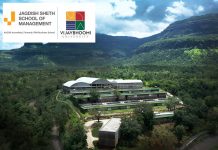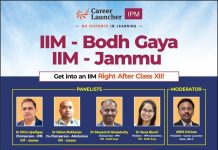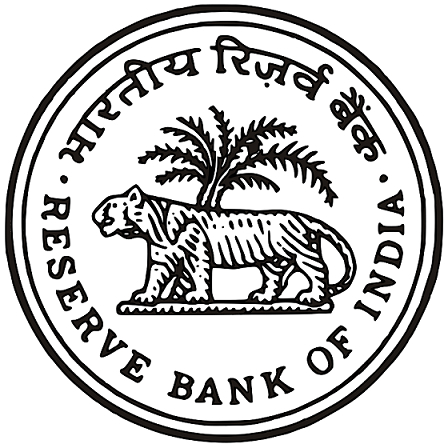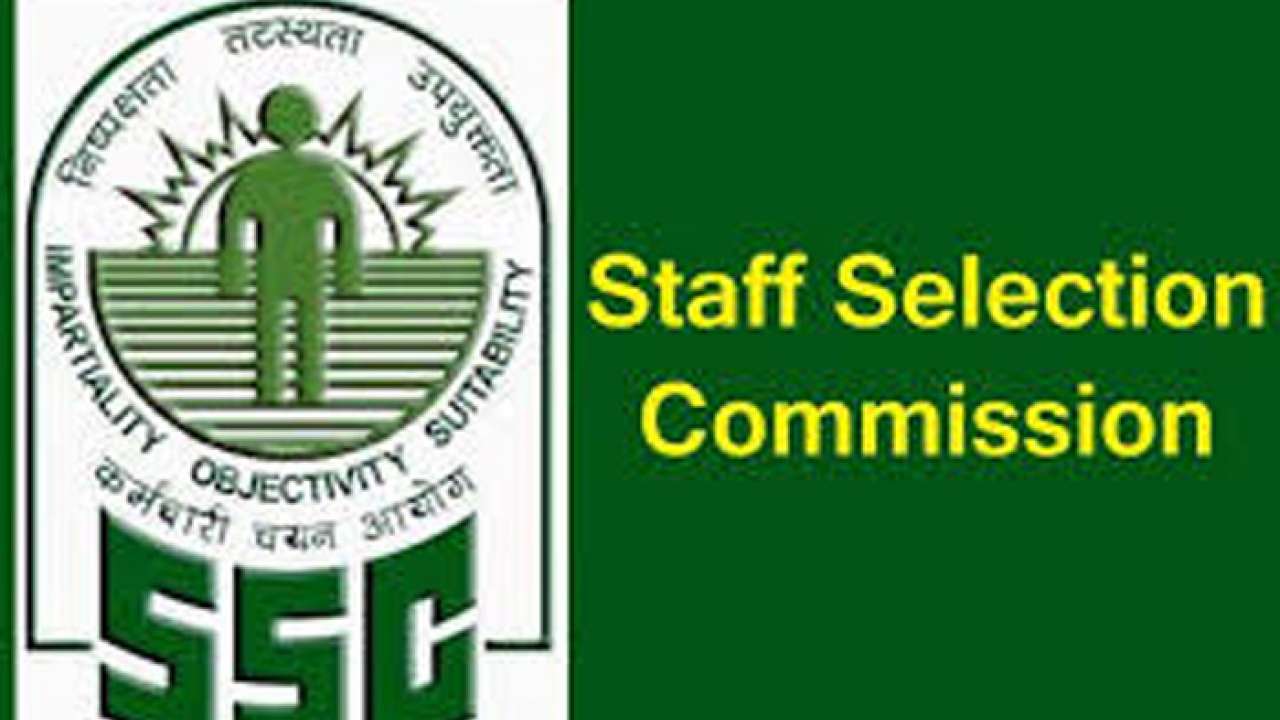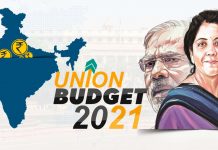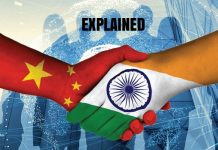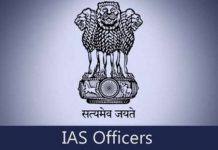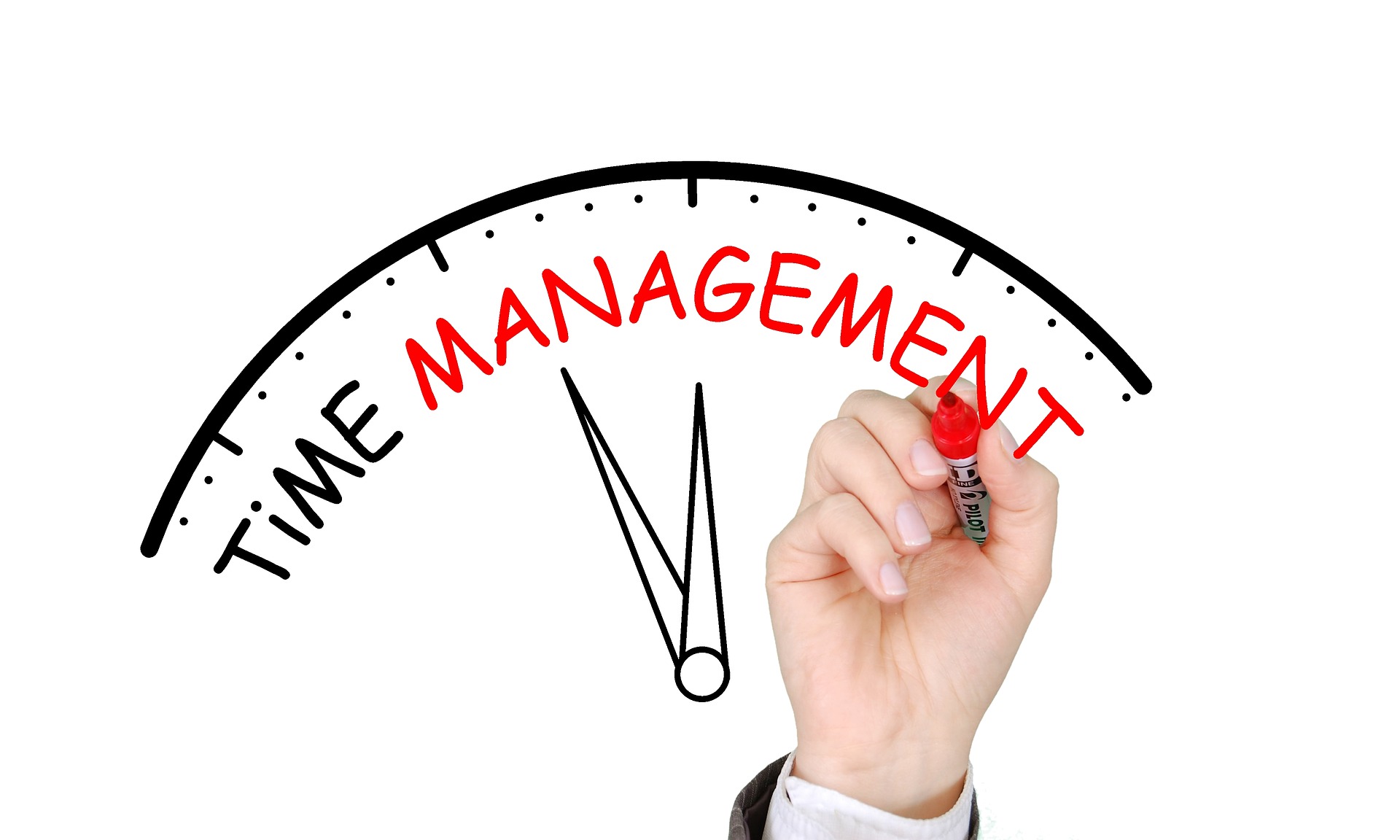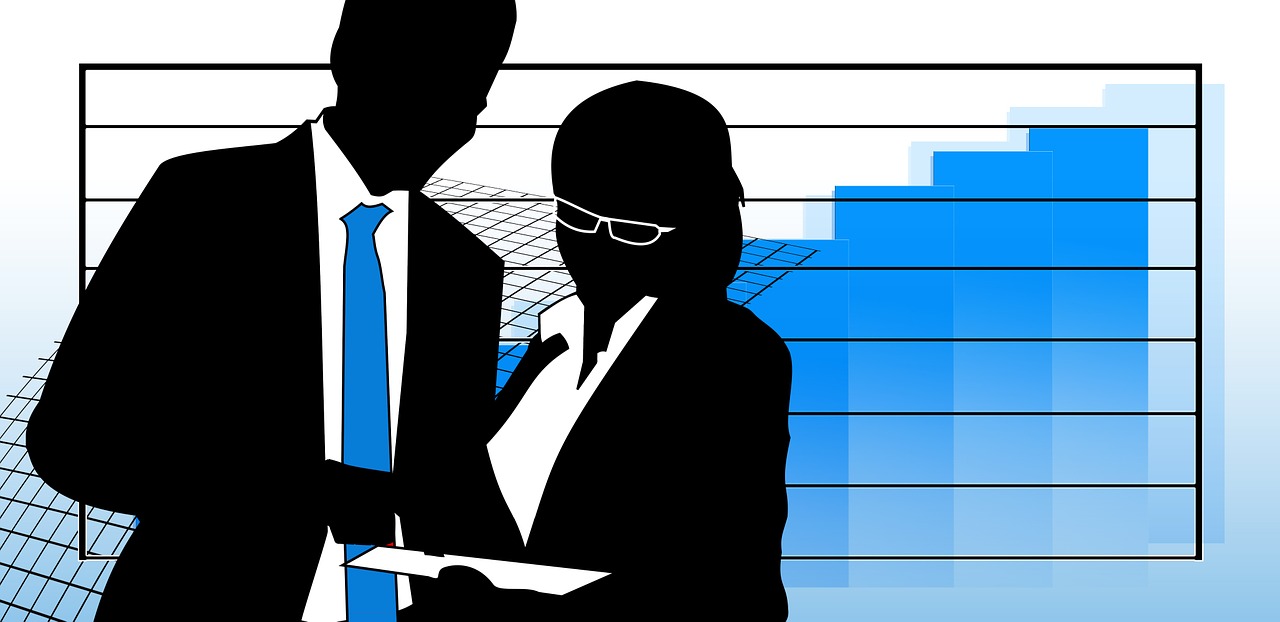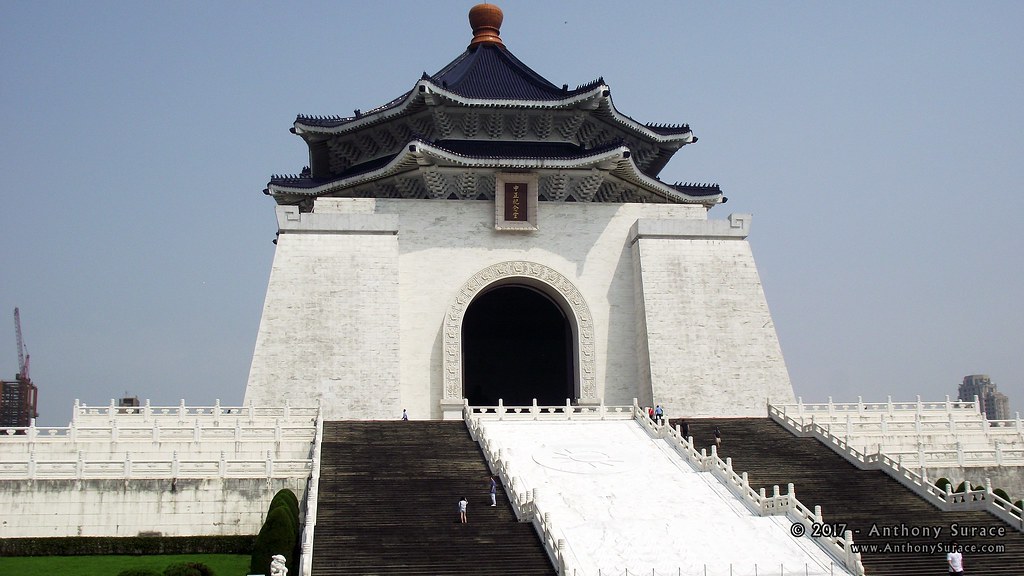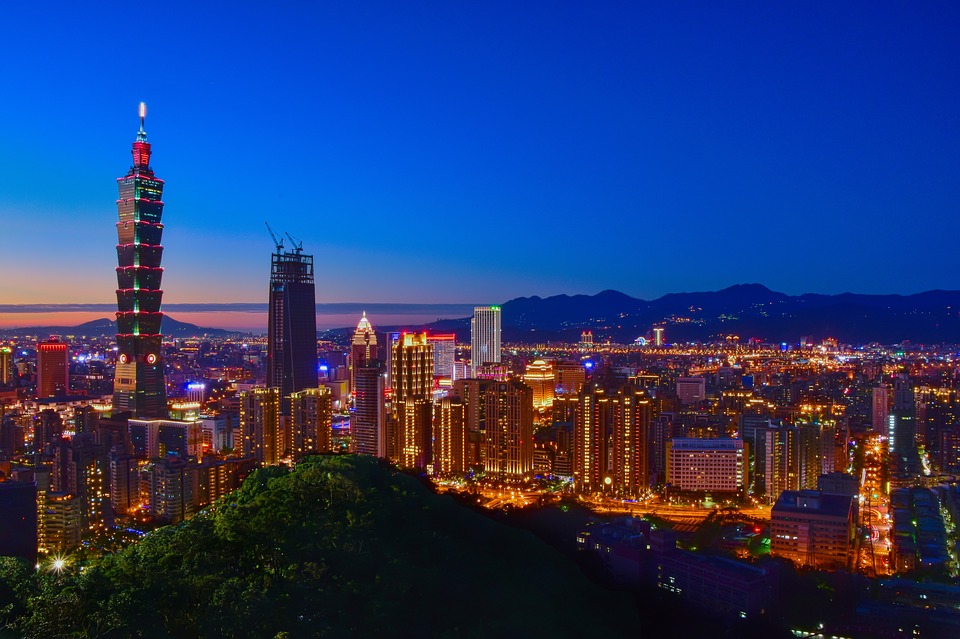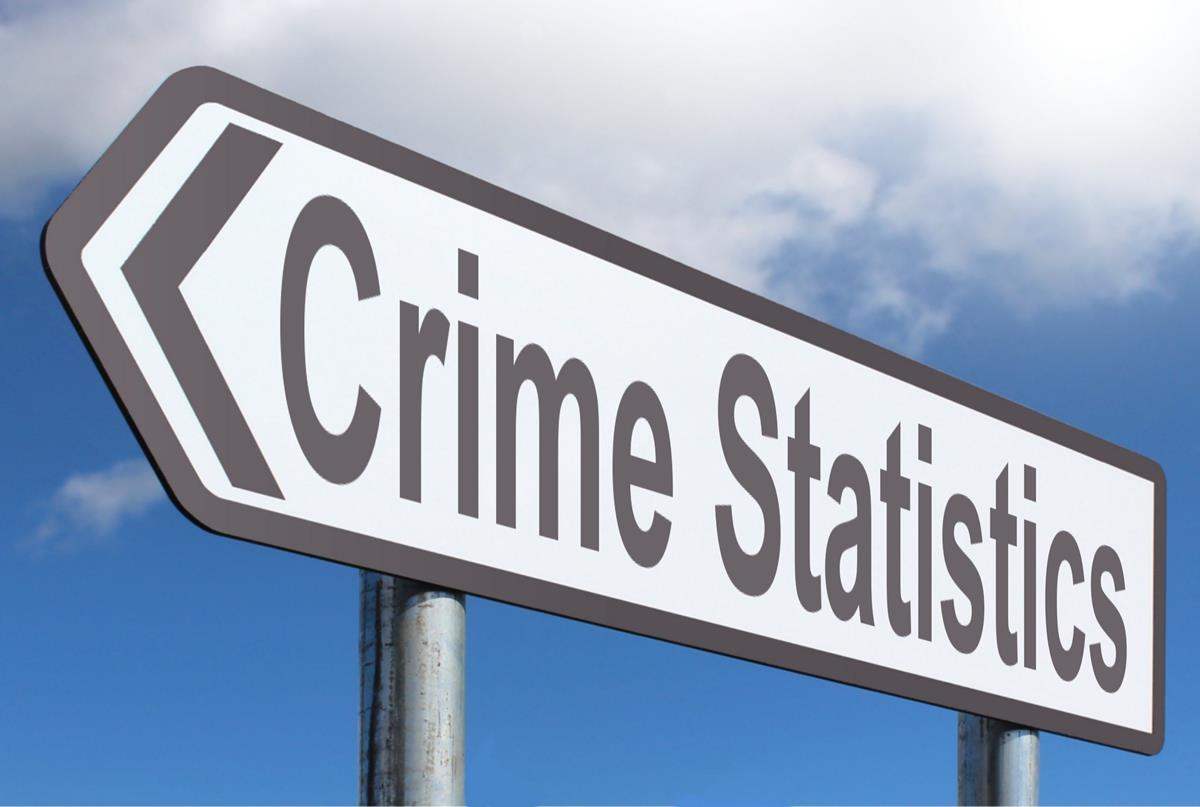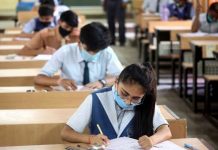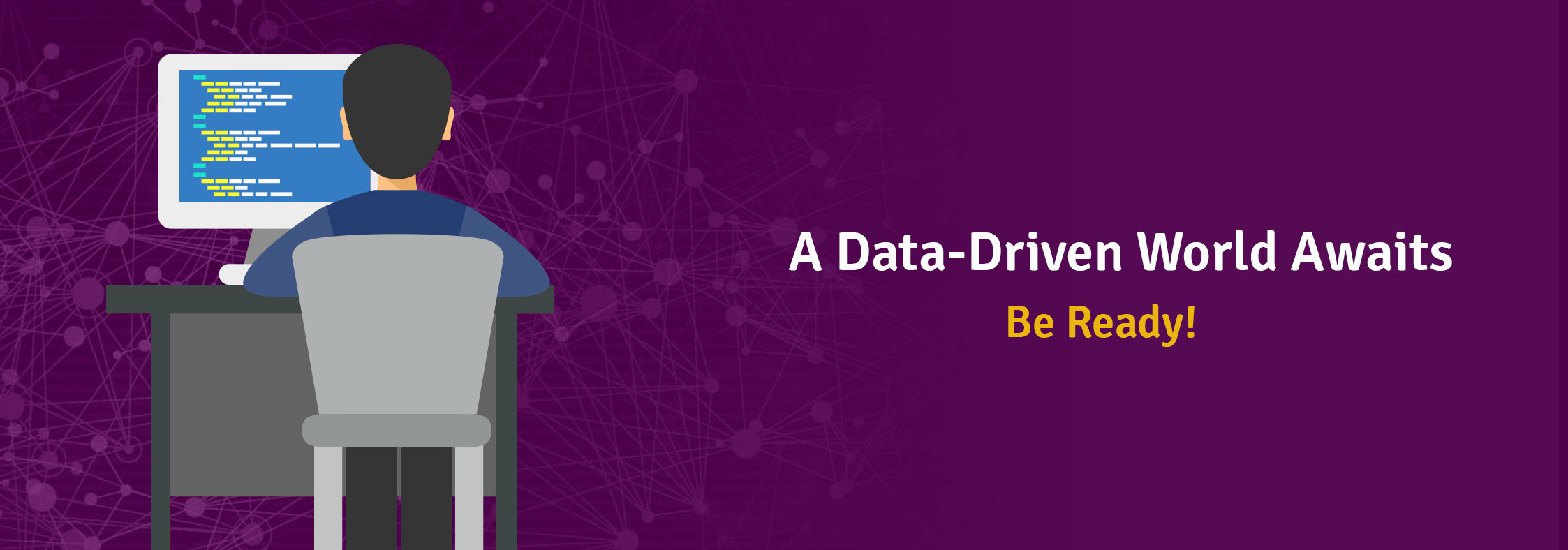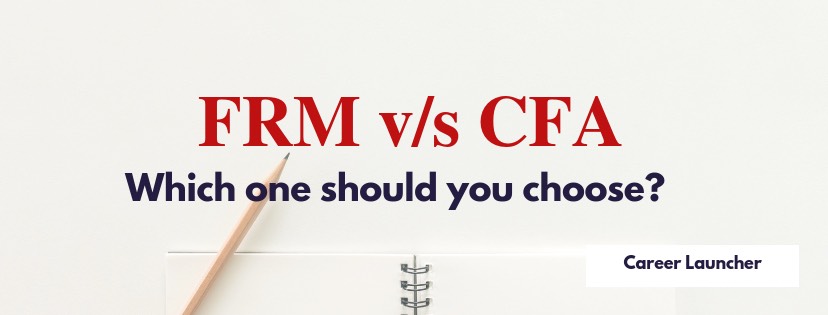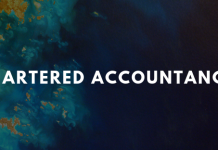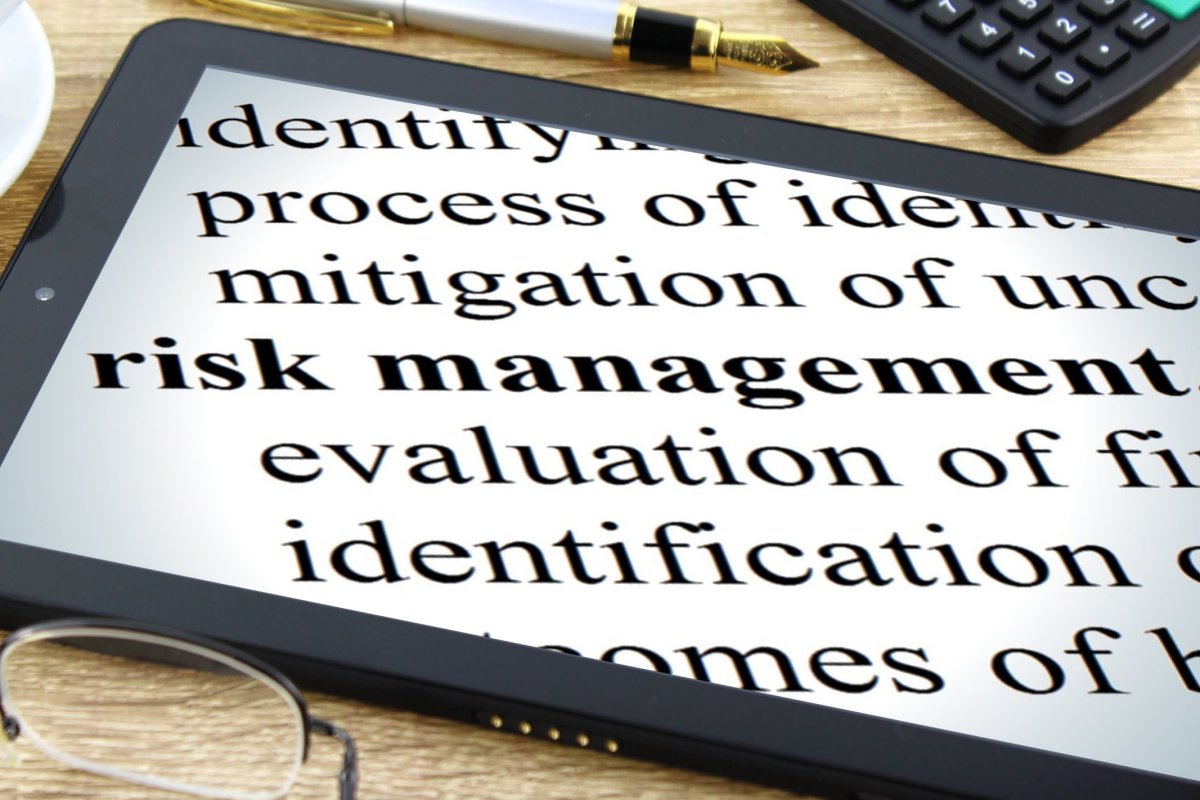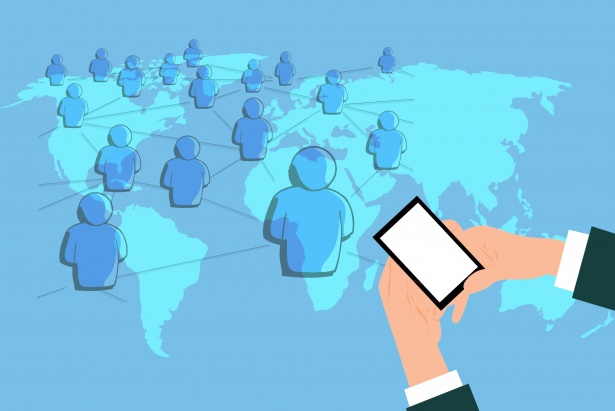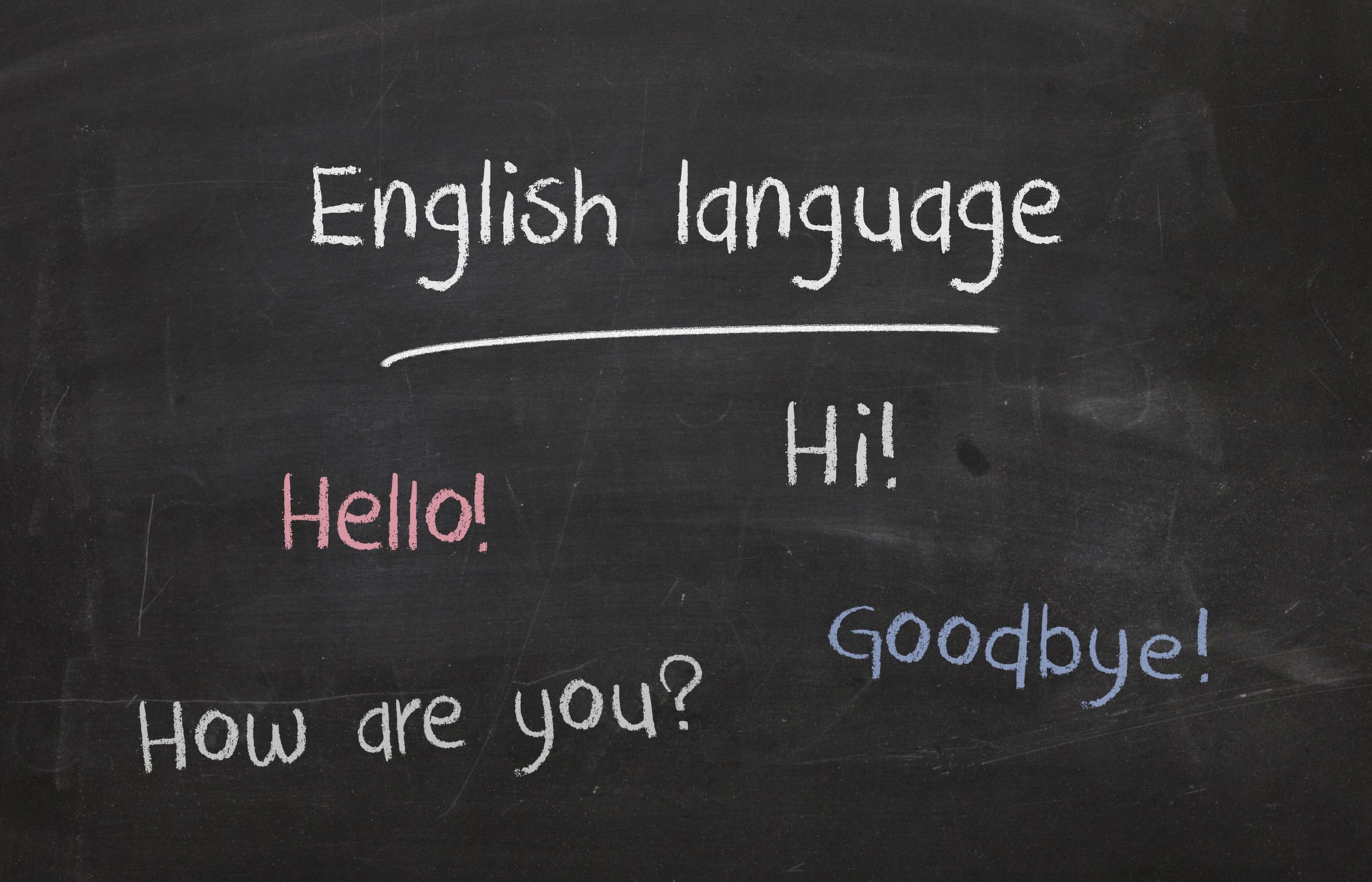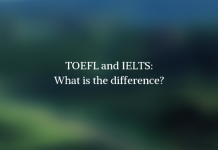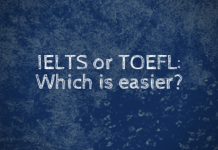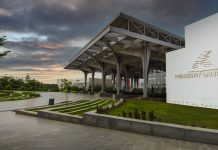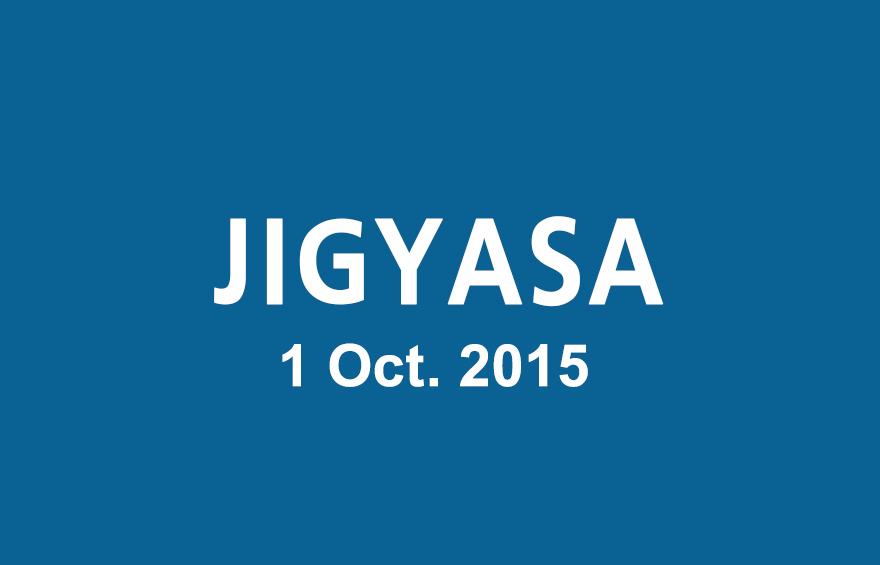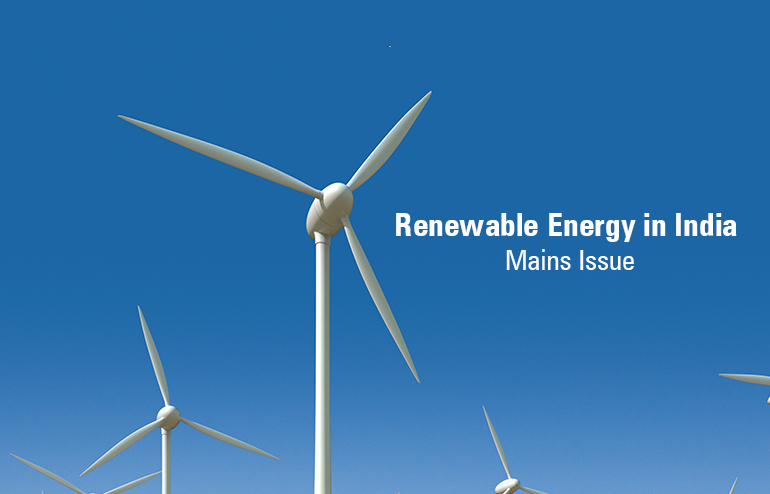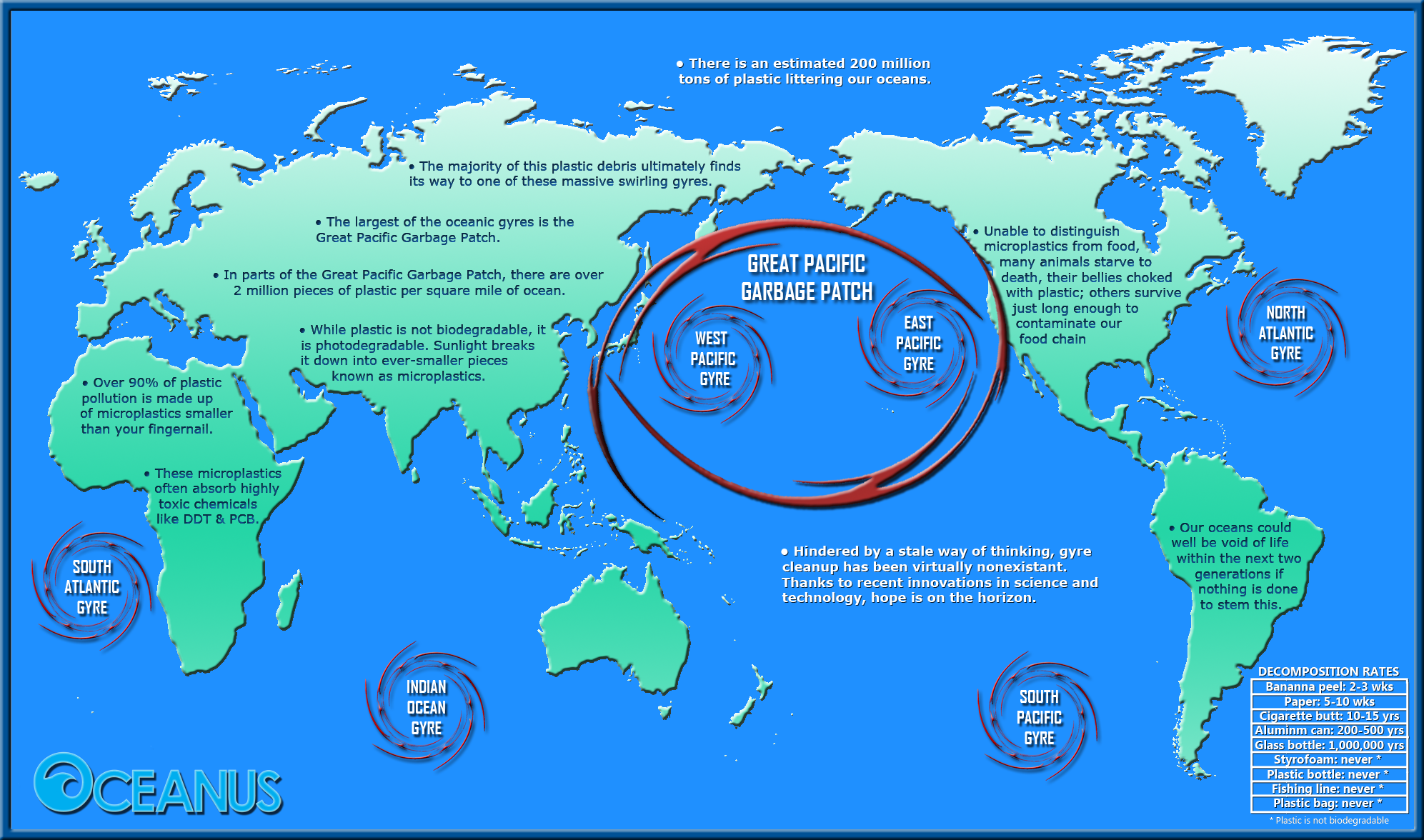President Rule in Arunachal Pradesh
The Union Cabinet on Sunday, 24th January recommended imposition of President’s rule on the Congress-ruled Arunachal Pradesh after it felt the State was heading for a “constitutional breakdown.†The Congress said it would challenge the decision in court if it got the President’s assent.
Analysis
Issue at Hand – Trouble began for the Congress in Arunachal Pradesh when as many as 21 out of its 47 MLAs rebelled. The BJP has 11 MLAs in the 60-member House. Even the Deputy Speaker was among those who rebelled. While the Congress moved a motion demanding removal of the Deputy Speaker, the BJP sought the Speaker’s removal.
The Governor intervened and advanced a session of the assembly. He also sent a letter directing that the first item on the agenda of the session should be a resolution for removal of the Speaker. He directed that the Deputy Speaker, who is disgruntled with the Congress, “shall preside over the House from the first moment of the first sitting of the House in accordance with provisions in article 181(1) of the Constitutionâ€.
The Congress argument is that there is no provision, under the Constitution or Rules of Procedure and Conduct of Business, that empowers the Governor to advance (summon) the session of the assembly without consulting the chief minister and council of ministers. The controversial decision is still pending before a five judge constitutional bench.
President’s Rule –  President’s rule” refers to the imposition of Article 356 of the Constitution of India on a State whose constitutional machinery has failed. In the event that a State government is not able to function as per the Constitution, the State comes under the direct control of the central government; in other words, it is “under President’s rule”. Subsequently, executive authority is exercised through the centrally appointed Governor, who has the authority to appoint retired civil servants or other administrators, to assist him.
It is only after the landmark judgement in 1994 in the S. R. Bommai v. Union of India case that the misuse of Article 356 was curtailed. In this case, the Supreme Court established strict guidelines for imposing President’s rule.
Source: TheIndianExpress, Wikipedia
French President Francois Hollande on 3 day  visit to India
French President Francois Hollande met Prime Minister Narendra Modi in Chandigarh. The Prime Minister, Shri Narendra Modi, addressed the India-France Business Summit in Chandigarh. The Prime Minister appreciated France for the manner in which it coordinated the CoP 21 negotiations. The Prime Minister spoke at length about the complementarities between India and France, and said both countries are in fact made for each other. Speaking about the security and defence sector, the Prime Minister said Indian talent and French manufacturing capability can together make the world a more secure place. In this context, he mentioned cyber-security as well. The Prime Minister said French companies are well invested in India. He asserted that retrospective tax was a thing of the past, and a closed chapter. He mentioned the initiatives of Mission Innovation, involving India, US and France, and the International Solar Alliance.
16 MoUs and Agreements were exchanged at the Summit. Â The Memoranda of Understanding (MoUs), which cover a wide range of sectors like urban development, urban transport, water and waste treatment and solar energy, were signed in the presence of Prime Minister Narendra Modi and French President Francois Hollande.
An agreement between Airbus Group and Mahindra for manufacture of helicopters and three MoUs under the ‘Smart City’ theme were among the 16 pacts signed between India and France. MoUs were signed under the ‘Smart city’ theme for city-specific urban development between French Development Agency (AFD) with the state governments for the cities of Chandigarh, Nagpur and Puducherry.
The aim of the MoUs is to provide specific technical assistance on urban development experts from the French government’s programme.
Analysis
Indo-French Cooperation – India and France are likely to discuss price negotiations of the Rafale deal. Expectations have been rising ahead of Mr. Hollande’s visit of a breakthrough in price negotiations, similar to the one in the India-U.S. nuclear deal that was announced when President Barack Obama visited India for Republic Day in 2015.
Both sides are likely to announce a new phase of space cooperation between the space agencies ISRO and CNES, with a special satellite dedicated to climate change research.
In addition, India and France will discuss more cooperation on the lines of the renewable energy agreement signed last April 2015. Shortly after their meeting in Delhi on Monday, Mr. Modi and Mr. Hollande will travel to Gurgaon to inaugurate the International Solar Alliance Secretariat.
Discussions regarding the hurdles to land acquisition for the six-reactor 9,900-MW Jaitapur facility for which Areva and NPCIL signed an agreement in 2010 are also likely.
Source: TheHindu
West Bengal Tea Industry
The West Bengal tea industry has been facing a crunch in the recent times. The state, which has in its fold the famed Darjeeling brand, has since last year, made international headlines with reports of ‘starvation deaths’ in the gardens in North Bengal.
This provides the backdrop to Union Commerce Minister Nirmala Sitharaman’s visit last week. She visited a closed garden as well as a garden belonging to a major corporate group and met all the stakeholders during her short stay.
Analysis
The industry is keen to see some changes on the PLA front. The Plantation Labour Act was enacted in 1951 to ensure workers’ welfare measures, which normally falls within the realms of the State. This included housing facility, cheap power, firewood, subsidised food grains and medical facilities. The industry is asking the possibility of asking workers to accept a minimum wage structure that encompasses the benefits now being extended, to the workers under the PLA. A 2009 report on the Competitiveness of The Indian Tea Industry, prepared by a Union Commerce Ministry panel said that while the industry has failed to keep up with global trends in the tea industry, there was also need to review many of the provisions of the PLA, which may have lost their relevance.
The committee, which had representation from the government and the industry, said that statutory social welfare measures, as mandated in this Act adds to garden-costs and reduces the Indian industry’s competitiveness. It also recommended that as in Sri Lanka, India may consider the dovetailing of various government schemes with the benefits being provided by PLA. It has long been felt that schemes like social security schemes like Indira Awas Yojana, Targeted PDS schemes, National Heath Schemes and Prime Minister’s Gram Sadak Yojana could all be dovetailed with the schemes being implemented under the PLA by the industry.
West Bengal is India’s second largest tea-growing state with a 20 per cent share of country’s tea cultivated area, contributing about 24 per cent of the total India tea crop. There are 377 gardens of which 87 are in Darjeeling and the rest in Dooars (Jalpaiguri and Cooch Behar district) and Terai (Darjeeling plains and Uttar Dinajpur). It is the 188 Dooars gardens, which are facing problems the most. There are a total 2.64 lakh workers directly involved with the industry.
The rising demand for high quality teas in the export and the domestic market has led to a situation of declining demand for Dooars teas, whose quality has been affected by climate-change. Big blenders now rarely bid for these teas at the auctions.
Source: TheHindu
Mock Questions
Q1) Which area is geographically referred to as the Duars or Dooars?
A) Floodplains and Foothills of Shivaliks
B) Floodplains and Foothills of North-Eastern Himalayas
C) Floodplains and Foothills of J&K
D) None
Ans. B)
Q2) Which of the following is true regarding Gold Monetization Scheme?
- It provides up to 2.50 per cent tax-free interest per annum
- There is no exemption from capital gains due to appreciation in value
A) 1 only
B) 2 only
C) Both
D) None
Ans) A. There is exemption from capital gains.
Q3) Which of the following is not true regarding digital payments in India?
A) RBI has given approval to 11 entities to open payments bank
B) The deposits are capped at Rs. 1,00,000 per person
C) The payment banks can undertake lending activities
D) 25% of branches of payments banks will be in the rural unbanked areas
Ans) C. The payments banks cannot undertake lending activities
Q4) Which of the following is true regarding World  Economic Forum(WEF)?
- It is an inter-government body
- It publishes the Global Competitiveness Report
- It was founded in 1971 and holds yearly meeting at Davos
A) 1,2,3
B) 2,3
C) 1,2
D) None
Ans. B) The World Economic Forum (WEF) is a Swiss nonprofit foundation, based in Cologny, Geneva. The forum was founded in 1971 by Klaus Schwab, a German-born business professor at the University of Geneva. It publishes the Global Competitiveness Report.
Q5) Which of the following article contains the details of President’s rule?
A) Article 352
B) Article 356
C) Article 355
D) Article 365
Ans) B.






